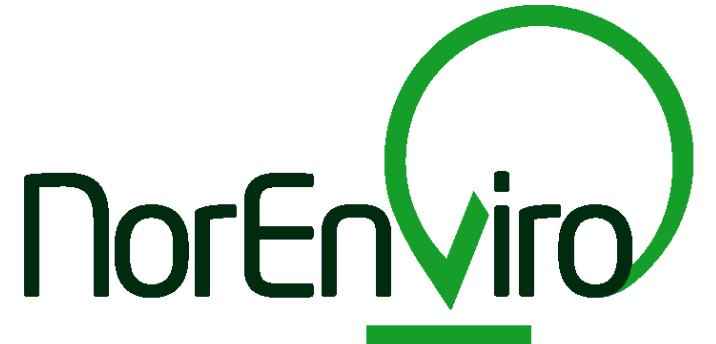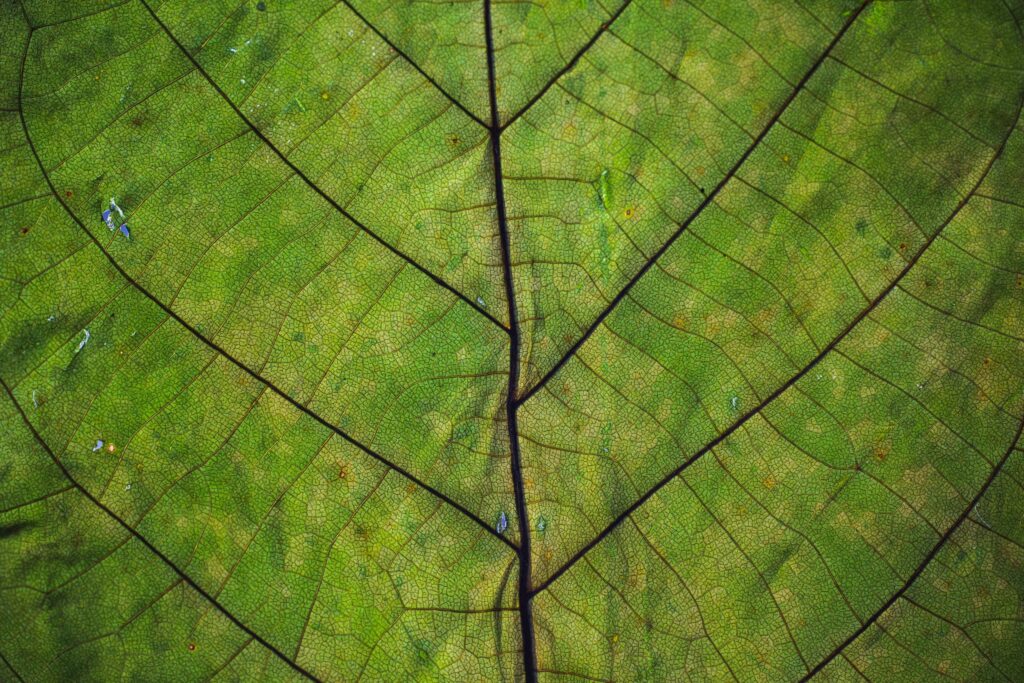Product name
Milk production; at farmgate; Norway
Reference flow unit
1 kg fat and protein corrected milk (FPCM)
System boundaries
Cradle to farm gate, includes fertiliser production and application, imported and domestic feed production, average farm data of dual-purpose production in terms of scale, feeding regimes and manure management systems.
Wastes and end-of-life
Wastes and end-of-life is not included.
Use advice of the dataset
When using data, it is important to be aware of the use of allocation method used, which can greatly affect the results. For feed and plant production, economic allocation has been used for co-products on the farm (e.g., rapeseed oil and rapeseed meal) and follows the PEFCR for feed (FEFAC, 2018).
Allocation between milk and meat on the farm is based on biophysical principles according to PEFCR Dairy products (European Dairy Association, 2018) and which has also previously been recommended by the International Dairy Federation. Ecoinvent 3.9.1 (cut-off by classification) and Agrifootprint 6.3 is used for the background data.
Contact info
ham@norsus.no
Technology description
The data represented typical Norwegian cattle herds of dual-purpose production in terms of scale and feeding regimes with production levels corresponding to average milk yields, growth performance, and beef production in Norway in 2021. The dual-purpose dairy production was based on production data of Norwegian Red (NR) obtained from the Norwegian Dairy Herd Recording System (NDHRS). Milk yield 8,550 kg FPCM dairy cow-1. Carcass production per cow including bulls and surplus heifers was 273 kg per year, bull age at slaughter 17.8 months, heifer age at calving 25.6 month. Concentrate feed intake per dairy cow was 2,614 kg DM (dry matter)/LU (livestock unit).
Energy requirements for all animal categories (cows, heifer, bull) were obtained using the Nordic feed evaluation system (NorFor; Volden, 2011) through TINE Optifor. Diet compositions for dairy cattle were available through TINE Mjølkonomi®, an economic tool for milk producers. The composition of typical concentrate feeds for dairy cows, heifers and young bulls was given by Felleskjøpet Fôrutvikling. Manure was assumed to be deposited on pasture during summer (pasture season typically from mid-May to mid-September). During housing, the proportion of manure management system was considered for each animal category. Manure was applied on ley area during spring. Silage dry matter (DM) yield (6320 kg DM ha-1) and the use of fertilizer (159 kg N ha-1), lime (51.9 kg ha-1), herbicides (1.9 L glyphosate ha-1 and 560 ml MCPA; 2-methyl-4-chlorophenoxyacetic acid ha-1) (NIBIO, 2018; Statistics Norway, 2012; TINE, 2022), and diesel (8.02 L ha-1) (Korsaeth et al., 2016) for a typical Norwegian farm was made available through TINE. The ley and pasture area corresponded to the calculated forage requirements.
Quality level
Good
Location
Norway
Geographical representativeness
Representative for average milk production in Norway. There is large variation between the regions and therefore these average data should not be used in analyses at regional or farm level.
Reference year
2021
Time representativeness
The reference year for the beef production is 2021, using time specific data for milk yield concentrate feeds. For background processes, the time representativeness varies, but in general the data is representative for the period 1998-2018.
Other comments on methods approaches
Emissions of methane, dinitrogen monoxide, ammonia, nitrogen dioxide and carbon dioxide are calculated based on the IPCC (2006). The emissions include enteric fermentation, manure storage, direct and indirect emissions from application of manure and mineral fertiliser, leaching and runoff and crop residues returned to soils and emissions from application of limestone.
References
NORSUS report: Life cycle assessment of meat -climate change, on assignment for Nortura









